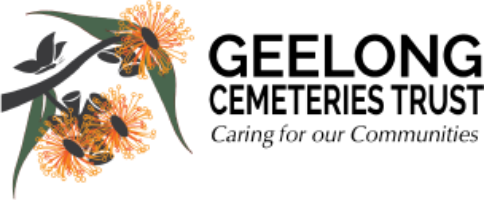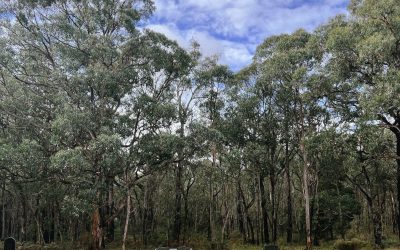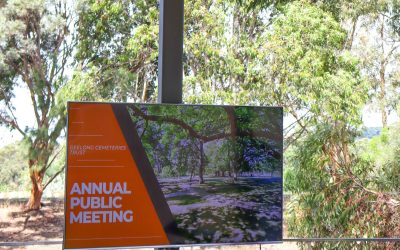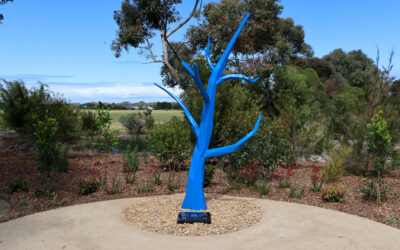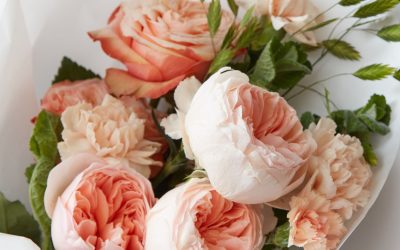Women’s History Month is commemorated during the month of March, as the nation recognises the meaningful and diverse impact women have made throughout history. To celebrate, Geelong Cemeteries Trust has showcased prominent women who are at rest in our cemeteries, highlighting their contribution to history.
Read on to explore the trailblazing women of our region’s past.
Meet: Dr Mary De Garis (1881-1963)
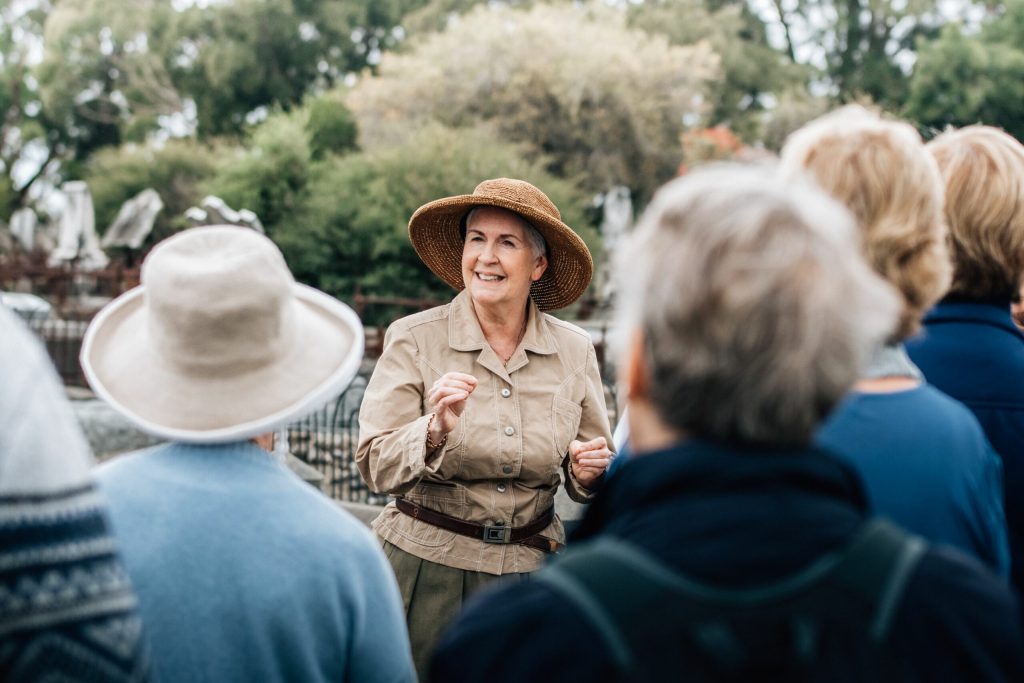
Mary was a remarkable woman who obtained a doctorate in medicine in 1907, and became only the second Victorian woman to do so.
When her fiancé enlisted in the Great War, Dr De Garis was rejected from serving as a doctor in the Australian Army as women could only work as nurses in the military at the time. With the will to be close to her fiance, Dr De Garis paid her own way to London to work, but unfortunately, her fiance was killed at Poziers in 1916. Dr De Garis then worked at the Scottish Women’s Hospital, and eventually in Macedonia where she ran a 200 bed tent hospital at the Serbian Front. She received the medal of St Sava from the Serbian Army and two medals from the British Government for her services during the First World War.
Mary later moved to Geelong in April 1919 to practice as the town’s first female doctor. In fact, Mary was Geelong’s only female doctor until 1941.
Meet: Anne Drysdale (1792-1853) and Caroline Newcomb (1812-1874)
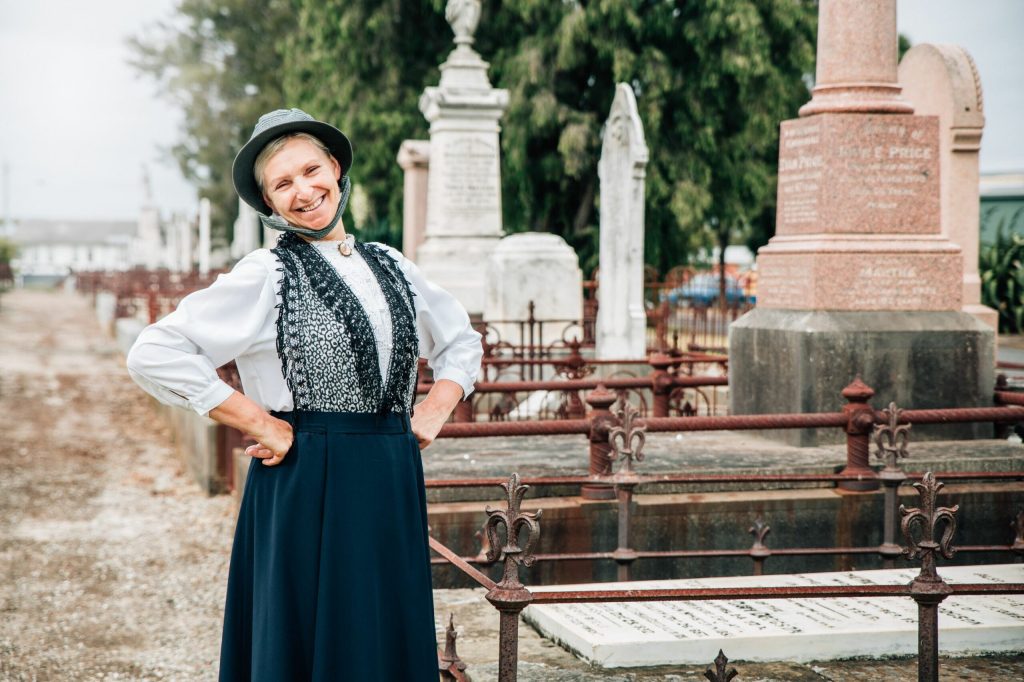
Known as the ‘Lady Squatters’, these two remarkable women arrived as single women in 1840 and 1836 respectively and met in Geelong. At a time when there were few career opportunities for women, they formed a pastoral partnership and successfully operated several properties on the Bellarine Peninsula, employing a number of men.
Caroline went on to marry Reverend James Dodgson in 1861 despite him being 12 years her junior. But it was not as the wife of a church minister that she was best remembered, or entered into the history books – indeed, had one of Geelong’s eastern suburbs to carry her name. No, it was as one of the famous Lady Squatters that Caroline achieved fame – or some would say, notoriety.
Anne and Caroline became constant companions for 17 years as they both lived, and were employed by Dr Alexander Thompson. Ann was Scottish and an experienced farm manager. She was 20 years older than Caroline. The pair bought the Booronggoop sheer run of 10,000 acres from Dr Thomson and ran it efficiently. They continued to extend and improve the station until it covered most of the Bellarine peninsula from Moolap and Point Henry to the Barwon River and down to the outskirts of Portarlington. On the property, they built the historic, Neo-Gothic mansion, Coriyule, overlooking the bay at what is now known as Drysdale.
The ladies are at rest together along with Caroline’s Husband, Rev Dodgson. The ladies have sometimes been depicted ‘simply’ as pioneering women squatters and pictured as staid, benign mature ladies, when, in fact, they were vibrant, active, challenging and always prepared to stand up for themselves in what was very much a man’s world.
Meet: Fanny Brownbill (1890-1948)
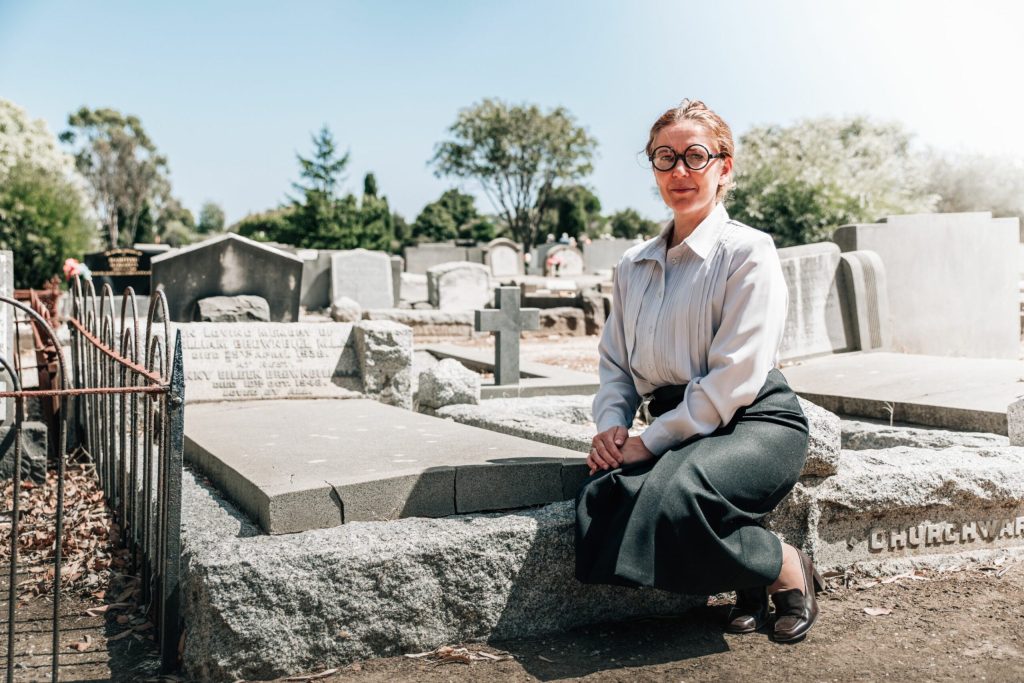
Fanny was the much loved first female Labor MP in Victoria. Born in 1938 as Fanny Alford and the youngest of seven children in Modewarre, Fanny grew up experiencing poverty.
In 1913, Fanny became a housekeeper to William Brownbill – a baker and widower with four children. They married in 1920 and that same year, William became MP Member for Geelong. Upon William’s death in 1938 while he was in office, Fanny contested the seat and won comfortably.
Fanny served for 10 years until her death in 1948. It was nearly 20 years before another woman was elected into the Victorian Parliament.
Fanny was a tireless community worker for Geelong. She was particularly concerned with child and youth welfare. School curricula also interested her and she was president (1947-48) of Matthew Flinders Girls’ School. She was a dedicated member of the Geelong Ladies’ Benevolent Society and in the depressed 1930s was the only female member of the public assistance committee. In 1935 she was appointed to the managing committee of Glastonbury, the Protestant orphanage at Geelong. During World War II she took a leading role in the local branches of the Australian Red Cross Society and the Australian Comforts Fund, and in 1945 helped to establish Grace McKellar House, a home for elderly people. Wherever possible, she pressed women’s right to employment, and their claims to serve on juries and as justices of the peace.
Meet: Ellen Davitt (1812-1879)

Author of the first Australian murder mystery novel, Ellen Maria Davitt, is remembered in our Geelong Eastern Cemetery. Teacher, artist and author, Ellen began writing following her husband’s death in 1860. In 1865, she wrote the novel “Force and Fraud: A Tale from the Bush” which was serialised in the Australian Journal. The Davitt Award was created in 2001 in her honour, celebrating Australian female crime writers.
Meet: Fanny Clee (1890-1948)
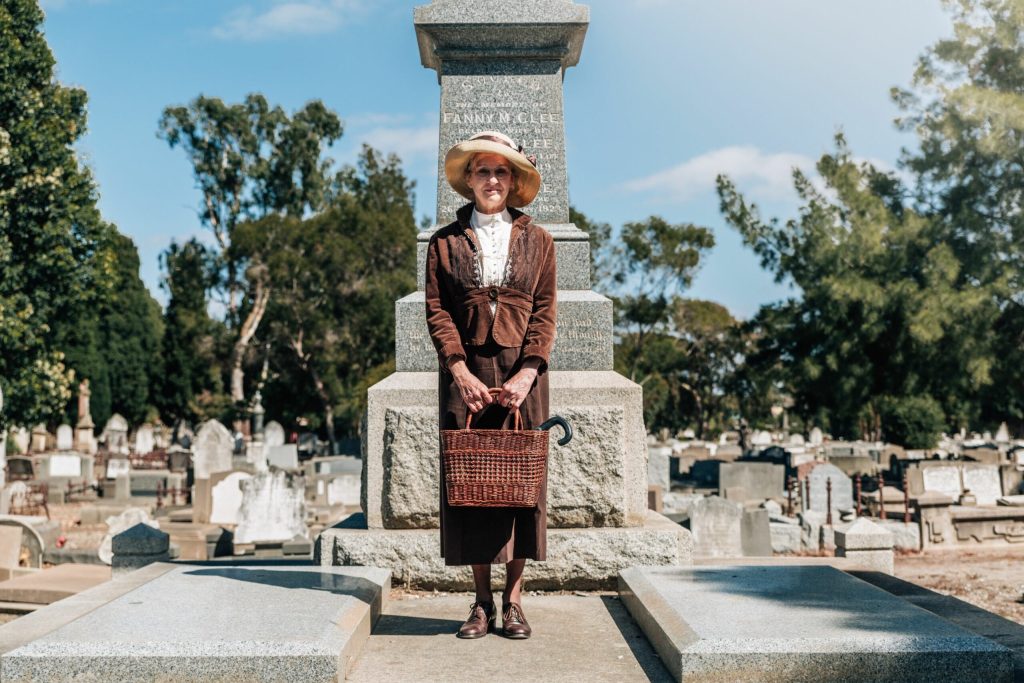
Fanny was born Fanny Matilda Ibbotson, the heiress of wealthy parents who resided several Geelong properties, including The Heights, in Newtown and Spray House on the Bellarine Peninsula. Fanny, who was raised to be a paragon of Victorian female society, caused controversy when after her parents died, she fell in love with her coachman and groom John Clee who was both poor and much younger than Fanny. Despite the family’s disapproval, John and Fanny drove to Ballarat and were married in December 1887 (Fanny was 41 and John was 27). Their love story did have a happy ending, with their marriage lasting for 30 years.
Upon Fanny’s death, John had this large monument erected in the cemetery for his beloved wife.
